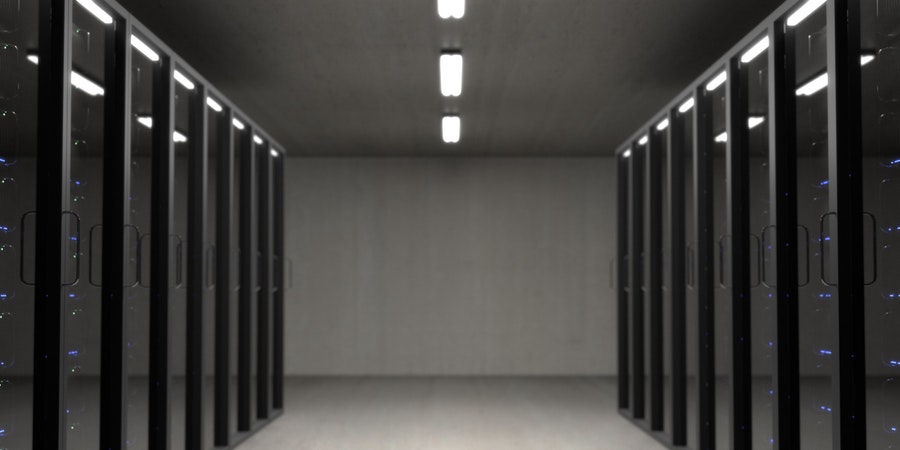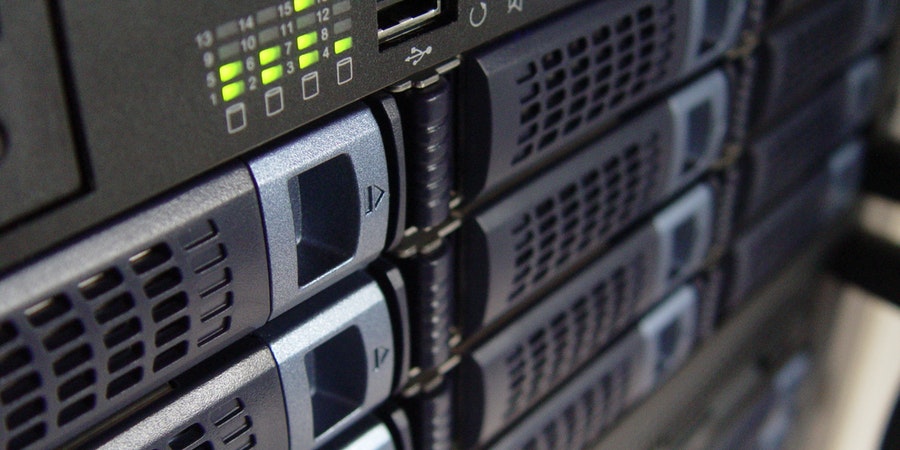Five Critical Components Every Website Needs In Its Backend
Your website’s success isn’t just tied to what visitors see - what they don’t is just as important. Here’s what your backend needs to carry your site through its early stages to success.
What does the backend of your business website look like? More importantly, what should it look like? If you aren’t certain of the answer to either question, that’s alright - it’s not something most people think about, honestly.
But it should be.
See, the success of a website isn’t just about what visitors see. It’s about how you serve that content to them. Today, I’d like to talk about that - here are some of the most important things every site’s backend needs to incorporate in order to be truly successful.
A Database Management System

Your database is how your website stores all the data related to both its visitors and its content. Generally speaking, you have two options here - a relational database or a non-relational database. While it’s too deep a topic to get into here, the short answer about the differences between the two is that the latter is mathematically ordered and organized based on the relationship between data, while the other isn’t.
In order to implement your database, you’ll need a database management system - the most popular of these is the open-source MySQL.The community version is completely free, and the software only costs money for larger, commercial deployments - and if you get to the point where that’s something you’re considering, it’s a cost you should easily be able to absorb. It’s also got a reputation for being easy to learn and work with - both points in its favor, especially if you’re just starting out.
A Backup Server

I cannot emphasize enough the importance of maintaining regular backups. A lot can go wrong with your website, after all. Hardware failure. A bugged system update. Malware or ransomware. The list goes on and on.
A backup server along with the necessary tools for automation of your backups are therefore both critical.
Testing Components

There are few things more frustrating than a bugged website - which is why you need to do everything in your power to make sure your audience doesn’t encounter one. Every new change you push out should first be tested extensively for functionality and ease of use. Additionally, I’d strongly advise using an A/B testing tool such as Google’s Content Experiments to see how each change you make to your website impacts your users.
A Content Delivery Network

Whenever a visitor accesses a resource on your website, there’s going to be at least a bit of latency in the connection. And that latency is going to increase based on how far away from your servers they happen to be. In plain English, that means that the greater the distance between a visitor and the servers on which your site is hosted, the longer it will take them to load your site.
Given that an increase of even a few seconds can drastically increase site abandonment, you want to do everything you can to reduce this - and that’s where content delivery networks come in. They ensure that site content and resources are delivered from a location that’s reasonably close to a visitor, reducing both latency and overall server load.
Load Balancers

This may not be much of an issue for smaller websites, but as your site grows, there’s the chance you might eventually end up with more traffic than you can handle. In this, load balancing software is a godsend. It dynamically balances resource demands between multiple, distributed servers, ensuring that you don’t have any single one buckling under a huge traffic load.
Other Important Elements
Now that we’ve gone through some of the most important backend components, I’d like to leave the piece off with a few additional elements your site should also incorporate:
- Malware Protection.
- Anti Brute-Force Software.
- A decent-quality control panel.
- A web development framework.

Don’t miss out these all-time favourites
- The best hosting for a WordPress website. Tap our link to get the best price on the market with 82% off. If HostPapa didn’t impress you check out other alternatives.
- Monthly SEO service and On-Page SEO - to increase your website organic traffic.
- Website Installation service - to get your template up and running within just 6 hours without hassle. No minute is wasted and the work is going.
- ONE Membership - to download unlimited number of WordPress themes, plugins, ppt and other products within one license. Since bigger is always better.
Get more to your email
Subscribe to our newsletter and access exclusive content and offers available only to MonsterPost subscribers.

Leave a Reply
You must be logged in to post a comment.